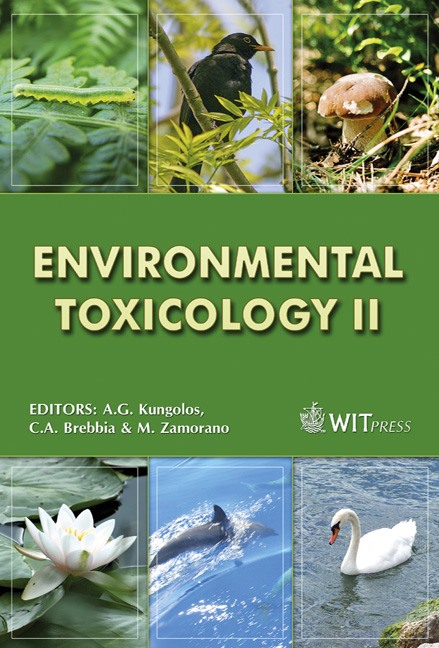Effects Of Hydraulic Retention Time, Temperature, And MLSS Concentration On The Effluent Quality Of A Membrane Bioreactor
Price
Free (open access)
Transaction
Volume
110
Pages
8
Page Range
109 - 116
Published
2008
Size
267 kb
Paper DOI
10.2495/ETOX080121
Copyright
WIT Press
Author(s)
J. M. Poyatos, M. Molina-Muñoz, J. González-López & E. Hontoria
Abstract
The performance of a bench-scale submerged membrane bioreactor (MBR) equipped with ultrafiltration membranes (ZENON®) was investigated. The running of the plant consisted of 10 min cycles: a cycle included 9 min 45 sec of filtration and a 15 sec back flush cycle. Three different hydraulic retention times (HRT) were utilized (8.05, 11.71 and 15.27 h) at several different concentrations of MLSS. The pilot plant was located at the wastewater treatment plant of the city of Granada (Puente de los Vados, Granada, Spain). The results showed that the MBR systems were highly efficient at removing organic matter (COD and BOD5), suspended solids, turbidity, colour and microbial indicators (E. coli and coliphages) in the urban wastewater. Statistical analysis of the data indicated that the hydraulic retention time was the parameter which most affected the elimination of BOD5, as reflected by the significant statistical differences. However, E. coli and coliphages were practically removed in the MBR system independently of the HRT values, temperature and MLSS concentrations utilized in the experiment. Likewise, coliphages were virtually eliminated, and no relationship was found between this elimination and HRT influence, temperature, or MLSS concentration. Keywords: membrane bioreactor, wastewater reuse, ultrafiltration, water quality.
Keywords
membrane bioreactor, wastewater reuse, ultrafiltration, water quality.





